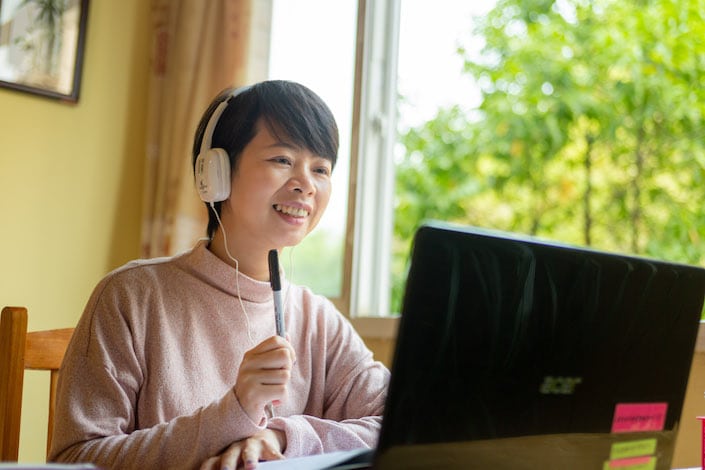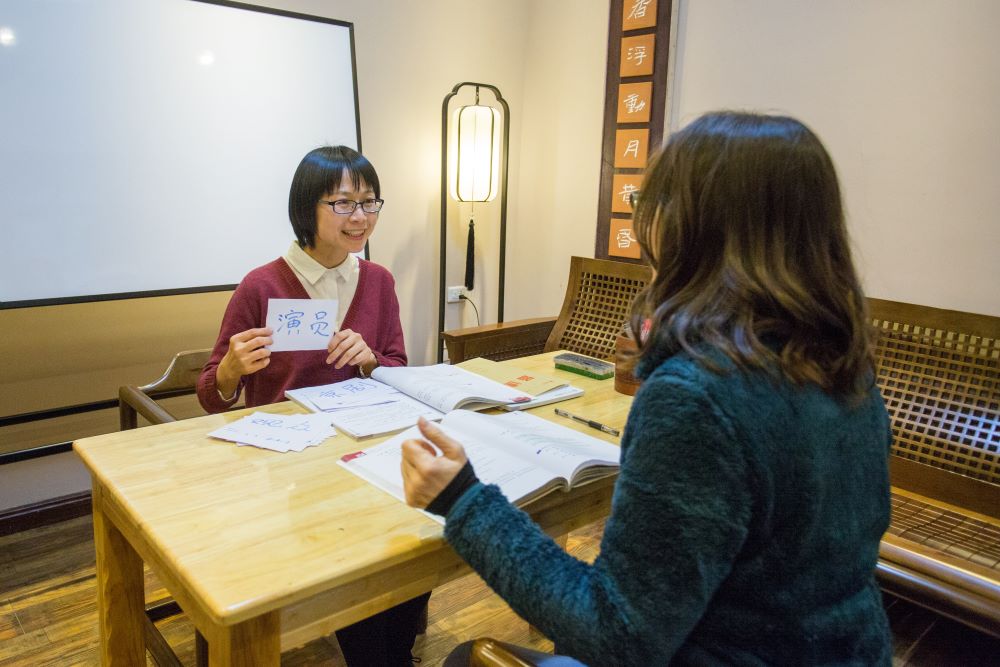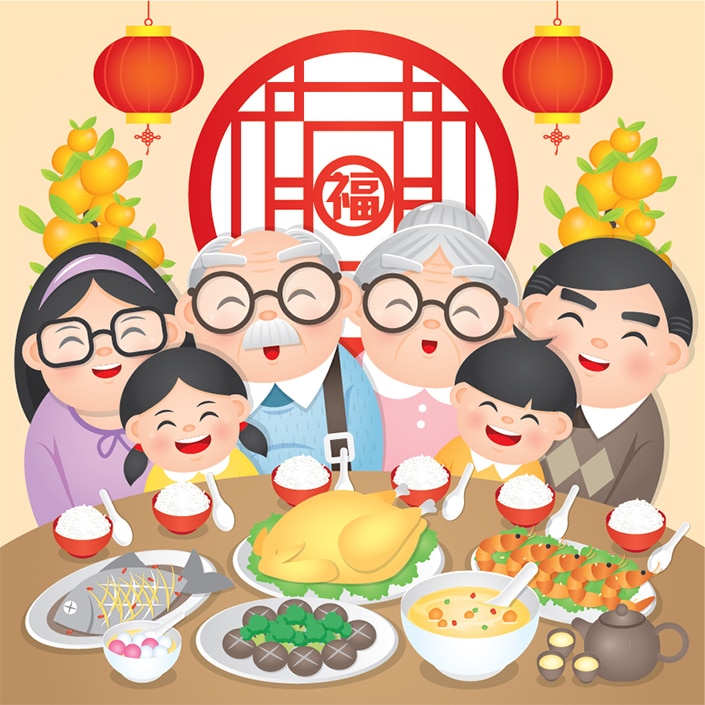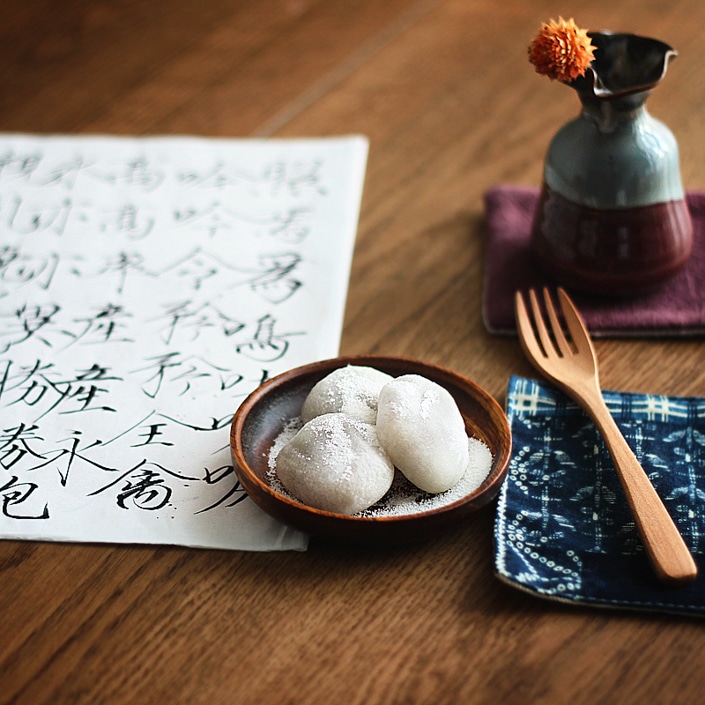What is Pinyin?
Learn Chinese in China or on Zoom and gain fluency in Chinese!
Join CLI and learn Chinese with your personal team of Mandarin teachers online or in person at the CLI Center in Guilin, China.
Many students of Mandarin Chinese are surprised to learn that before delving into the mysteries of Chinese characters (汉字 hànzì), they must first learn a whole different writing system, called pinyin. What is pinyin, you ask?
Read on to learn about this ingenious system for romanizing Chinese characters. Once you understand how pinyin came to be, check out CLI's interactive Chinese pinyin chart to learn the system.
Table of Contents
Pinyin: An Integral Part of Learning Chinese
The Chinese language has a long history—the earliest know origins date back 6,000 years. In fact, archaeologists have uncovered written Chinese script from as early as the late Shang Dynasty (1600 - 1046 BCE). That means the Chinese character system is at least 3,000 years old.
But Chinese characters are notoriously difficult to learn, even for native speakers. Enter: pinyin.
Chinese Pinyin, the official romanization system for Standard Chinese in mainland China, is the most commonly used phonetic system for writing Mandarin using the Latin alphabet. Chinese is tough, but learning pinyin early in one's Chinese studies dramatically accelerates the speed at which a typical student acquires the language.
Pinyin, for our purposes, is a linguistic tool that assists in the language learning process and allows you to type in Chinese on your computer or smartphone.
A Brief History of Pinyin
When did scholars first transcribe Chinese using Western alphabets? In 1605, the Jesuit missionary Matteo Ricci published the first known Chinese-to-Western text, titled Xizi Qiji. This system used the Roman alphabet to transcribe the Chinese language.
Competing Written Systems
Fast-forward to the early 20th century and you’ll find several competing romanization systems for Mandarin: Bopomofo, Wade-Giles, Chinese Postal Map Romanization (which infamously gave us Peking for Beijing), and Gwoyeu Romatzyh.
Each of these systems came with its share of problems, however. Due to continuing dissatisfaction with existing romanization methods, scholars continued to search for a better solution.
In the 1930s, the Chinese Communist Party, in conjunction with leadership from the USSR, introduced a phonetic alphabet using Roman letters called Sin Wenz, meaning "new writing." The goal was to improve literacy in the Russian Far East, namely for Chinese immigrants. Sin Wenz reached its peak popularity in the 1940s.

Jesuit missionaries like Matteo Ricci were the first to romanize the Chinese language.
Enter Zhou Youguang
In the 1950s, a group of Chinese linguists began work on a new romanization system in order to increase literacy. Soon, linguist and sinologist Zhou Youguang produced a major breakthrough: Hanyu Pinyin (汉语拼音).
Many people consider Zhou to be "the father of pinyin," but he humbly stated:
"I’m not the father of pinyin, I’m the son of pinyin. It’s [the result of] a long tradition from the later years of the Qing dynasty down to today. But we restudied the problem and revisited it and made it more perfect."
In other words, Zhou felt that his written system was simply the product of centuries of transliterating Chinese into romanized spelling.
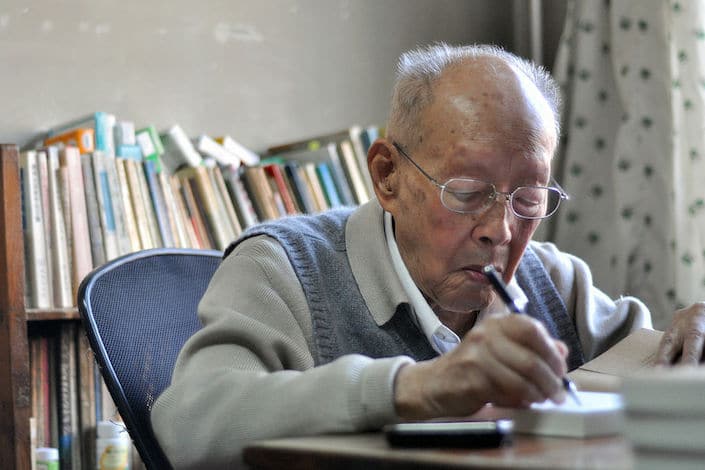
Zhou Youguang is considered the father of pinyin.
Pinyin Becomes Official
On February 11, 1958, pinyin officially replaced all other romanization methods in China.
It took time for the new system to catch on overseas, however. In fact, the Los Angeles Times waited until March 2, 1979 to adopt and introduce its readers to Zhou's method of writing.
"Peking," the Times told its audience, would henceforth be "Beijing," while "Canton becomes Guangzhou and Tientsin becomes Tianjin."
Fortunately, the Western world has steadily adopted pinyin over the past 70-plus years. Today, it is recognized by China, Taiwan, Singapore, the United States, and the United Nations as the official system of romanization for the Chinese language.
Pinyin in Modern Times
Students of the Chinese language often believe that only non-native speakers use pinyin. In fact, however, native Chinese students also learn the system alongside Chinese characters starting in kindergarten.
Though pinyin disappears from textbooks after primary school, it is still useful for learning the pronunciation and tones of new characters. In addition, native Chinese speakers use pinyin on a daily basis when typing on computers or mobile phones.
Learning pinyin early in your Chinese studies helps establish a solid foundation with the language and will help you learn new words. However, remember that this system is merely a tool to assist in the Chinese learning process.
Can I Just Learn Pinyin and Not Chinese Characters?
Many students wonder if they can simply learn pinyin and avoid Chinese characters altogether. This is extremely inadvisable!
There are many reasons why learning characters alongside pinyin is essential. Most crucially, nearly every pinyin sound has multiple commonly used Chinese characters that it represents.
For example, take the pinyin sound “guo.” This phonetic combination can mean fruit (果 guǒ), country (国 guó), to cross [a road] (过 guò, as in 过马路 guò mǎlù), cooking pot (锅), and a variety of other words. "Guo" is even one of the 100 most common Chinese family names (郭 Guō).
As you advance in your studies, trying to remember these different words as a single pinyin combination becomes inefficient and unnecessarily difficult. Learning Chinese characters allows you to more easily associate meaning with pronunciation.
Pinyin is the Rosetta Stone of the Chinese Language
Chinese characters are beautiful, intriguing, and meaningful. They are living pieces of Chinese history deeply embedded in Chinese culture. Characters make learning Chinese feel exciting and adventurous as you uncover the "hidden meaning" behind radicals, characters, and phrases.
Pinyin is the Rosetta Stone to unlocking this wonderful universe. Therefore, if you do decide to set your focus on learning Chinese, it's critical to understand both the importance and limitations of pinyin, as well as the cultural significance and history of Chinese characters.
Check out CLI's Chinese Pinyin Chart to see all the phonetic combinations used in the Chinese language.
The CLI team is comprised of China experts with advanced degrees in China studies, teaching Chinese as a foreign language, education, and other related disciplines. Founded in 2009, CLI is a center for Chinese language and cultural studies based in scenic Guilin, China.







